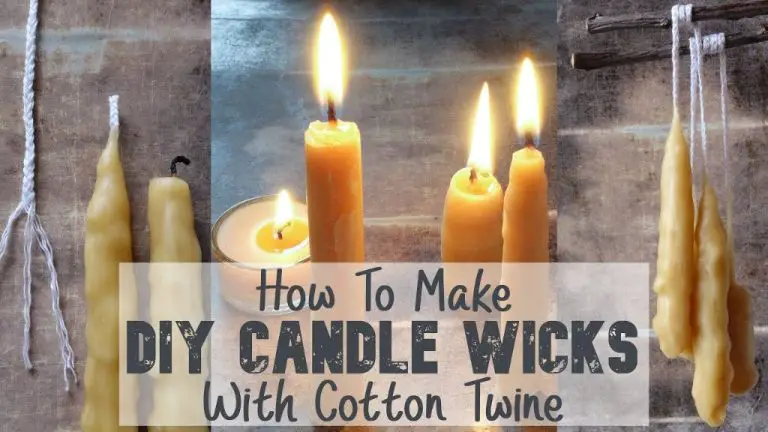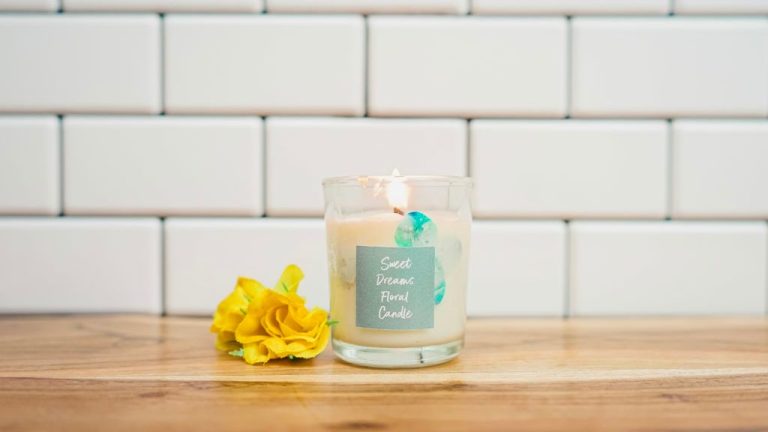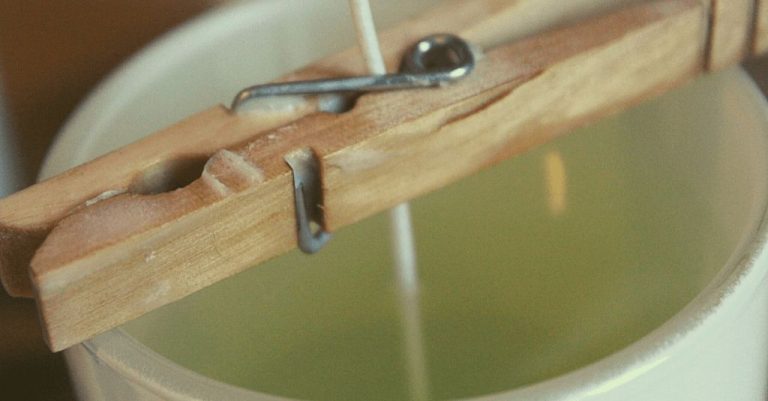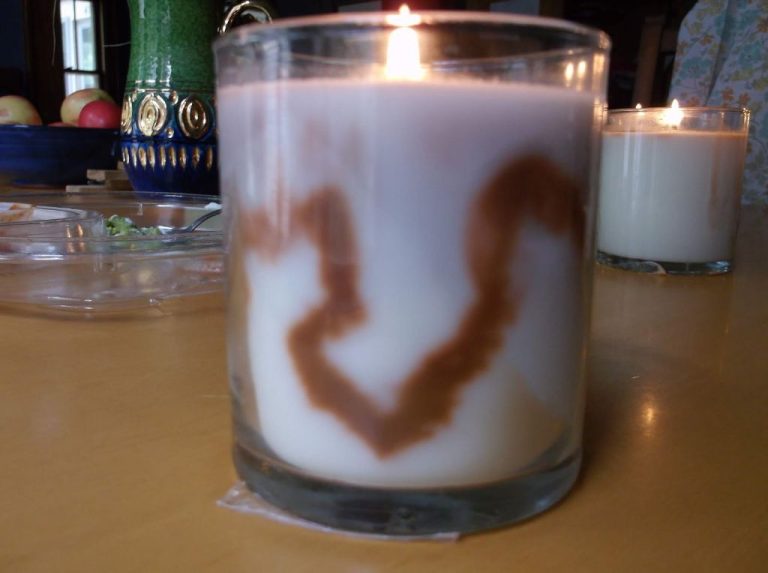What Is Candle-Making Business?
Candle making is the process of creating candles using wax, wicks, and fragrance. Candle making can be pursued as a hobby or home-based business. The practice of candle making dates back centuries, with early candles made from tallow (animal fat) or beeswax. Candle making became especially popular in Europe during the Middle Ages, when candles were an important source of light. Today, candle making remains a beloved craft, with many pursuing it as a relaxing hobby or profitable side business.
Modern candle making utilizes paraffin wax, soy wax, beeswax, or other waxes. Candle waxes melt at temperatures between 120-170°F to allow pouring into molds. Popular candle styles include taper candles, pillars, votives, tea lights, container candles, and more. Candle wicks are typically made from braided cotton that has been stiffened with wax or tin. Scented candles incorporate essential oils or fragrance oils. Once poured and cooled, candles are trimmed, labeled, and packaged.
While basic candle making relies on simple materials like wax, wicks, and fragrance, many hobbyists and artisan businesses elevate the craft with creative molds, unique scent blends, and artistic packaging. Both soothing and stylish, the handmade candles made through this traditional craft remain sought-after today.
Starting a Candle Making Business
Starting a candle making business allows you to turn your creative hobby into a potentially lucrative business. However, it requires careful planning and consideration of the pros and cons.
Pros of Starting a Candle Business
Some of the benefits of starting a candle making business include:
- Allows you to be your own boss and set your own schedule
- Lower startup costs compared to other small businesses
- Can initially be run from your home
- Ability to showcase your creativity through unique candle designs
- Large, growing candle market with many opportunities
Cons of Starting a Candle Business
There are also some potential challenges to consider:
- Significant competition from large, established brands
- Can involve a lot of trial and error perfecting candle making techniques
- Requires knowledge of marketing, advertising, accounting, etc.
- Profit margins can be low, especially at smaller production volumes
- Time commitment required for production, selling, marketing, etc.
Permits, Licenses and Insurance
Most states require special licensing or permits to manufacture and sell candles commercially. Common requirements include:
- Business license from your city/county
- Sales tax permit to collect and remit sales tax
- FDA registration if selling candles across state lines
- Product liability insurance
Check with your state and local government to ensure you have all required permits and licenses before selling candles.
Startup Costs
Starting a candle business can cost between $1,000-$5,000+ for initial equipment and supplies. Ongoing material costs tend to be low, but factor in expenses like insurance, licensing, marketing, etc.
Business Plan
Creating a detailed business plan can help set you up for success. Important elements include your company mission, target customer, product offerings, production/operations plan, and forecasted finances.
Funding Options
Consider funding your candle business through personal savings, loans from family/friends, small business loans, or crowdfunding. Many successful candle businesses start small and scale up slowly over time.
Equipment Needed
To start a candle making business, there are some essential pieces of equipment you will need. These include:

- Wax melter – This is used to melt wax to the proper temperature before adding fragrance and dye. Popular options are double boilers, slow cookers, or wax melters designed specifically for candle making.
- Thermometer – A thermometer is crucial for monitoring the temperature of the wax. Each type of wax has an ideal temperature range for adding fragrance and dye.
- Wicks – Wicks come in different materials, thicknesses and lengths. Properly sized wicks are important for even burning.
- Molds – Molds shape the candle and come in various materials like metal, silicone, or glass. Popular shapes are jars, tins, and pillars.
- Dyes and scents – These personalize candles with color and fragrance. Use candle dye instead of food coloring for best results.
It’s important to invest in quality candle making supplies and equipment. Well-constructed wick sustainers, seamless molds, and precision scales will help any beginner. Check out candle supply retailers like CandleScience for a wide selection.
Candle Making Process
The candle making process involves several key steps:
First, the wax must be prepared. This includes melting the wax to the proper temperature as specified by the wax manufacturer, typically between 180 to 190 degrees Fahrenheit. Proper wax preparation helps ensure proper burning and minimizes issues like wet spots 1.
Next, dyes and scents can be added if desired. Liquid or powder dyes are commonly used for coloring the wax. Essential oils or fragrance oils are added for scent. It’s important not to add too much dye or scent, as overdoing it can negatively impact candle performance. The standard is around 1 oz of fragrance oil per 1 lb of wax 2.
Wicks need to be prepared by priming and centering them in the candle vessel. Choosing the proper wick thickness and material ensures good capillary action to absorb and burn the wax. Wicks that are too small can lead to poor wax pooling while wicks that are too large can cause smoking or sooting 1.
Once prepared, the wax is carefully poured into the candle vessel around the centered wick, leaving a little headspace at the top. The pour temperature should be around 135 to 165 degrees Fahrenheit.
After pouring, candles need time to fully cool and cure, which can take 24-48 hours. Cooling slowly helps prevent cracks and other defects. Curing allows the complete solidification and stabilization of the wax structure.
Finally, finishing steps can include trimming the wick, smoothing the top if needed, adding a label, and attaching a lid if applicable. The finished candle is now ready to burn and enjoy!
Choosing Wax
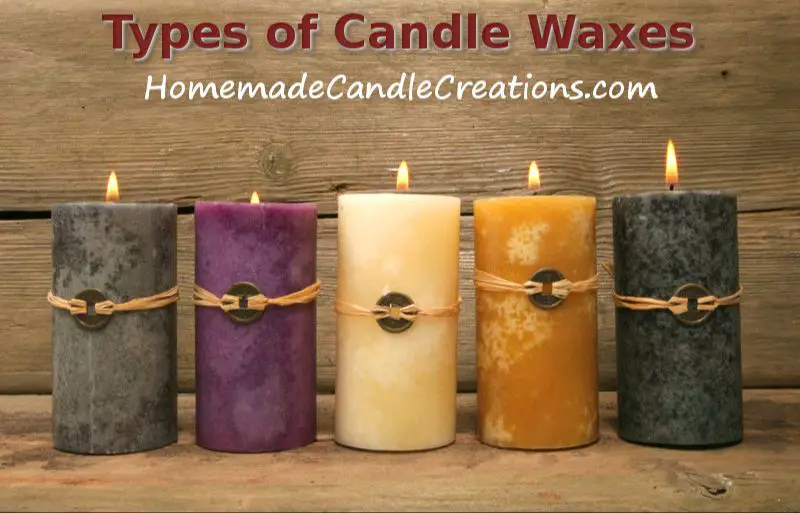
There are several types of wax commonly used in candle making, each with their pros and cons:
Paraffin Wax
Paraffin wax is a petroleum-based wax made from crude oil. It is the most commonly used candle wax due to its low cost and excellent burn properties. Paraffin wax melts completely leaving no residue, and makes high-quality candles that burn slowly and evenly (https://www.youtopiacandleco.com/blog/top-5-best-candle-wax). However, paraffin wax produces more soot than other waxes and is not considered an eco-friendly or natural option.
Soy Wax
Soy wax is made from hydrogenated soybean oil. It is a renewable and natural wax. Soy wax burns clean with very little smoke or odor. It also holds fragrances well. The downsides are that soy wax is softer than paraffin and can lose its scent quicker. It also tends to frost or develop white spots on the surface (https://www.lifenreflection.com/whats-the-best-candle-wax/).
Beeswax
Beeswax is a natural wax made by honey bees. It has a sweet, honey-like scent. Beeswax candles burn brighter and longer than other waxes. However, beeswax is expensive and difficult to source. It also needs a higher melting point than other waxes (https://www.pinterest.com/pin/144889313000023583/).
Gel Wax
Gel wax contains mineral oil blended with paraffin or vegetable waxes. The mineral oil allows the wax to be transparent and hold more fragrance oil. However, gel wax can sweat or become sticky in warm environments.
When sourcing wax, buy from reputable suppliers and choose the type that fits your budget, desired burning properties, and environmental goals.
Adding Scents
One of the most important aspects of a candle is its scent. There are two main types of scents used in candle making:
- Essential oils extracted from plants, like lavender, eucalyptus, and peppermint.
- Fragrance oils, which are synthetic oil-based scents like vanilla, cinnamon, and apple pie.
Essential oils provide a natural aroma, but may fade more quickly than synthetic fragrance oils. Fragrance oils allow you to offer bolder, more complex scents. Most candle makers use a blend of the two.
When pairing scents, it’s important to balance intensity. Strong scents like peppermint can overpower lighter ones. Test different scent combinations and percentages to find the right balance for each candle. Start with 3-5% fragrance by wax weight.
High quality essential oils and fragrance oils certified for candle making can be purchased from specialty suppliers like Candles and Supplies. When sourcing scents, avoid oils not intended for candle use.
Wicks
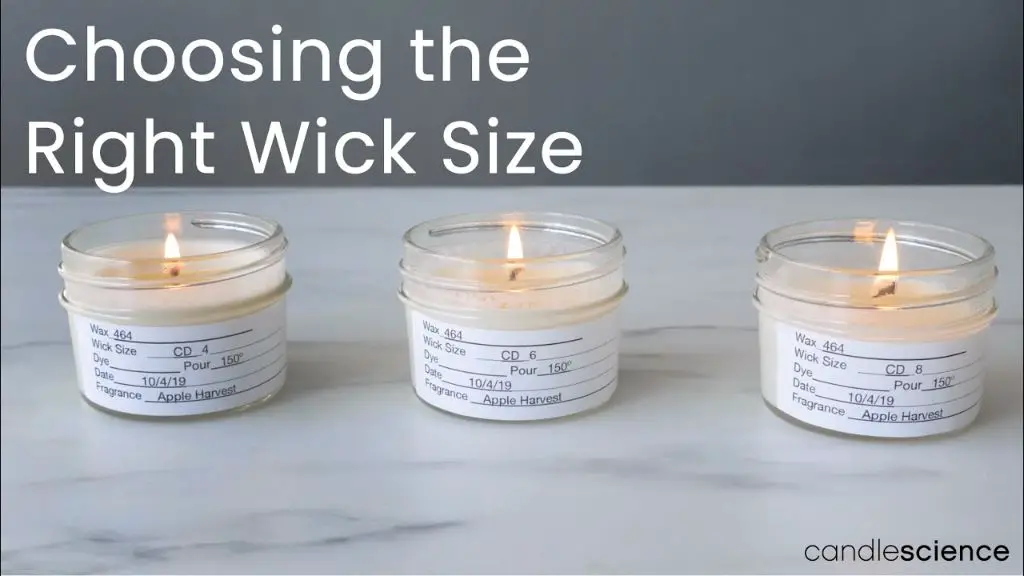
The wicks used for candlemaking are available in different types of materials and sizes. The most common wick materials are cotton, wood and paper. Cotton wicks are the most popular and versatile option because they’re made of braided or twisted strands of cotton fibers. Wooden and paper wick options also exist, but each have different burning properties to consider [1].
The wick size needs to properly match the size and shape of your candle mold and wax type. Wick charts help guide candlemakers to choose the right wick size based on the candle diameter. A wick that’s too small can tunnel or drown, while an oversized wick may cause soot and excess dripping. Most wicks have a numerical size guide printed right on the packaging [2].
Wicks also need proper preparation and centering before pouring wax. Pre-priming the wicks and adhering them with stickers or glue dots in the mold ensures they remain straight as the wax hardens around the wick. Centered wicks allow for even burning and prevent tunneling.
Molds
There are a variety of materials used for candle making molds including metal, silicone, glass, and plastic.[1] Metal molds are durable and conduct heat well for an even release. Silicone molds are flexible, easy to clean, and come in endless shape options. Glass offers elegant transparency. Plastic molds are inexpensive but may warp over time.
Candle molds come in all shapes and sizes like circles, squares, hearts,numbers, and abstract art designs.[2] Unique molds help products stand out. Reusing molds is possible if properly cleaned after each use. Silicone and glass are easiest to wash, while soap and water can clean plastic. Metal may require occasional polishing for smoothest results.
Packaging & Labeling
Packaging and labeling are important considerations when selling candles, as they influence the customer experience and perceived quality of your products. When it comes to packaging, you have several options:
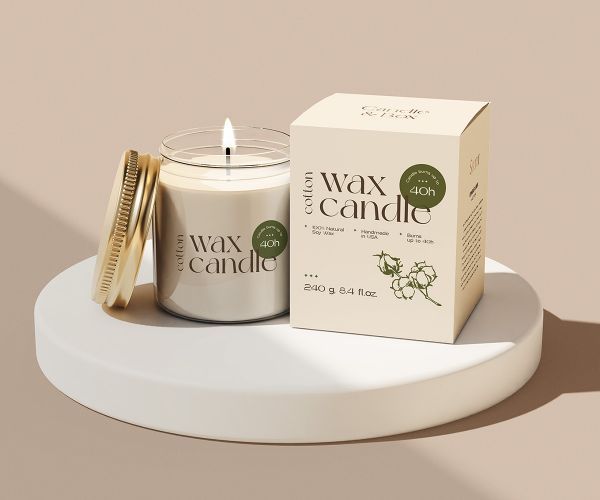
- Glass jars – These are the most common candle containers. They allow customers to see the candle inside and come in a variety of shapes and sizes.
- Tins – Metal tins make for an elegant packaging option. They are available in round, rectangular, and oval shapes.
- Boxes – Paper or cardboard boxes allow for custom packaging designs. They can be paired with a glass jar inside.
When selecting packaging, consider factors like cost, visual appeal, functionality, and branding. For example, glass jars showcase the candle but can be fragile, while tins are more durable and provide a sleek look.
Proper labeling is also important. At minimum, candle labels should include:
- Your business name and logo
- The candle’s name and scent description
- Ingredient and warning information
- Net weight
- Care instructions
You can further customize labels to reinforce your branding. Options include choosing stylish fonts and colors, using attractive graphics, and adding unique design elements like ribbons, raffia, or stamps.
With creative packaging and branding, you can differentiate your candle products and connect with customers.
Marketing & Selling Your Candle Business
When starting a candle business, you’ll need to determine the best sales and marketing strategies to reach customers and grow your brand. Some key aspects to focus on include:
Setting up an online store can help you sell candles to a wider audience beyond your local area. Platforms like Etsy, Shopify, and Wix allow you to easily create an ecommerce website. You can also sell at craft fairs and wholesale to local boutiques or gift shops. This provides opportunities for customers to discover your products in-person.
Pricing is an important factor when determining profit margins. Make sure to account for all material and labor costs. Then consider competitive pricing for similar high quality, handmade candles. Offer a range of sizes and scents at different price points.
Product photography helps showcase your candles. Invest in a quality camera and lighting equipment to take appealing, high-resolution photos from multiple angles. Clear, well-lit images attract more customers.
Leverage SEO and social media marketing to promote your brand and products online. Optimize your website and product listings for relevant keyword searches. Share photos, videos, and special offers on platforms like Instagram and Facebook. Refer customers to your online store.
For more tips, see: 10 Candle Business Marketing Tips

